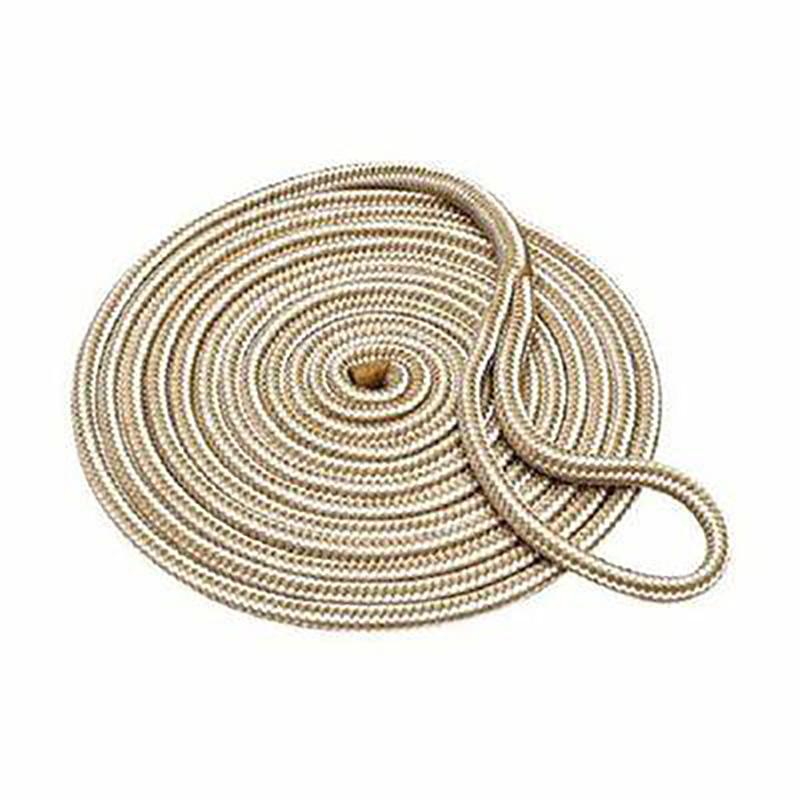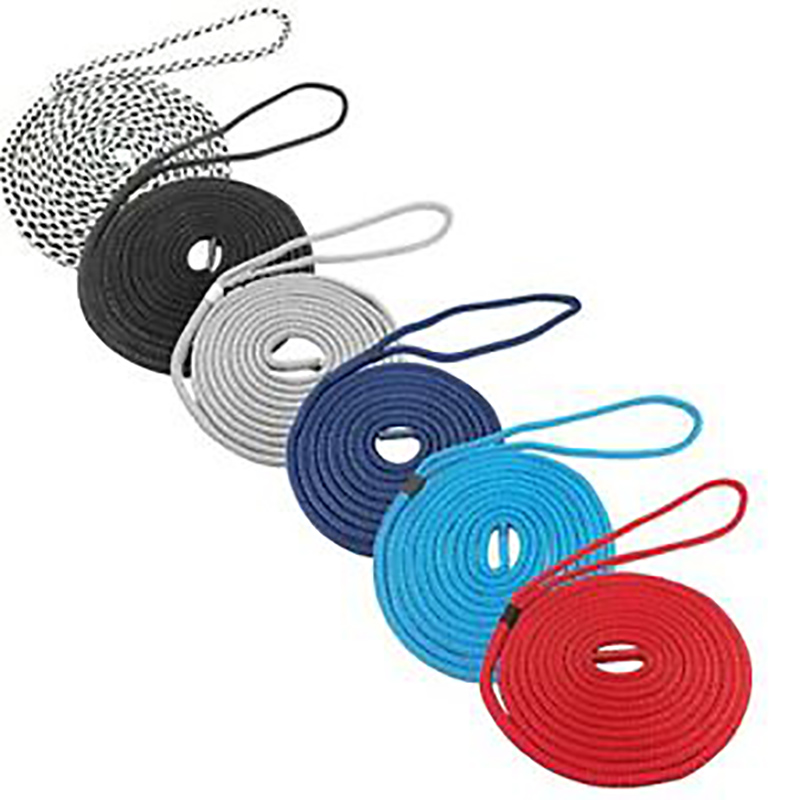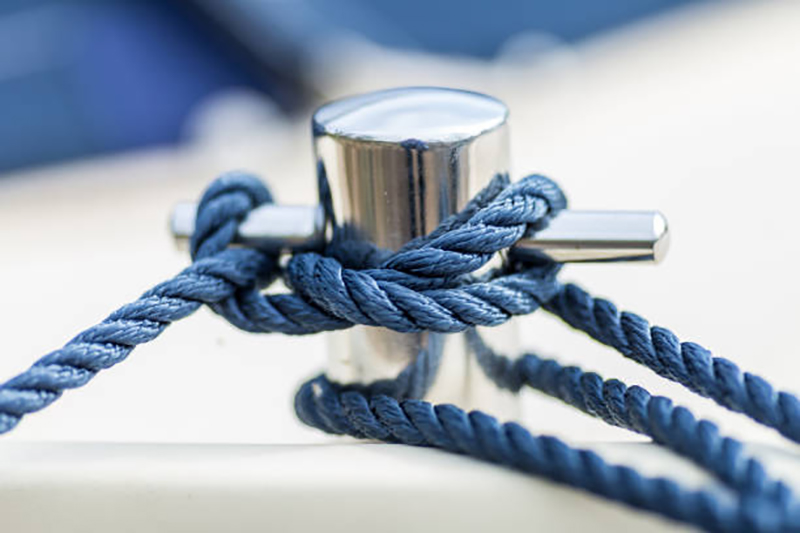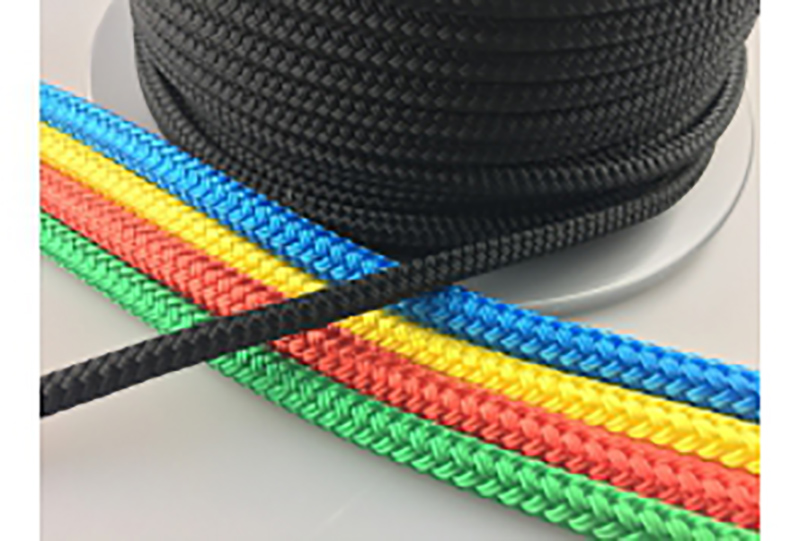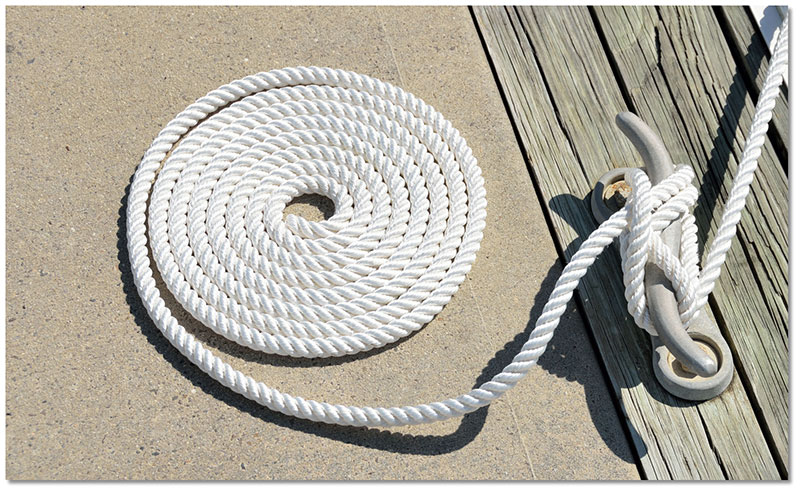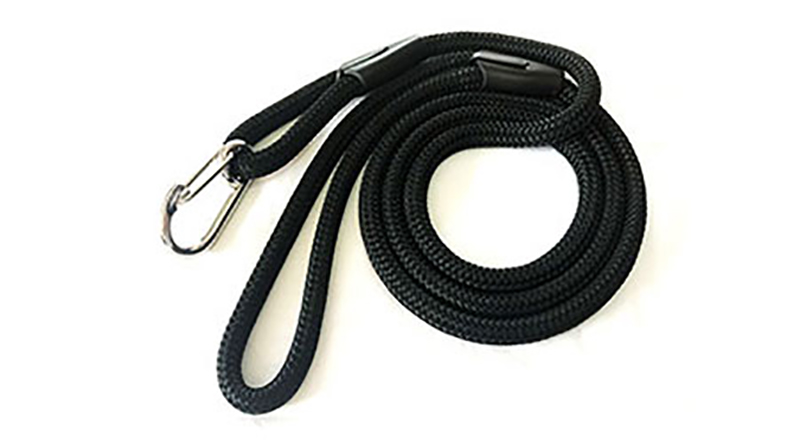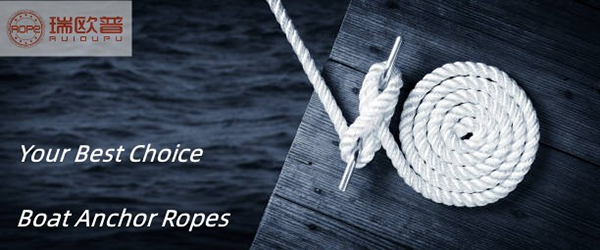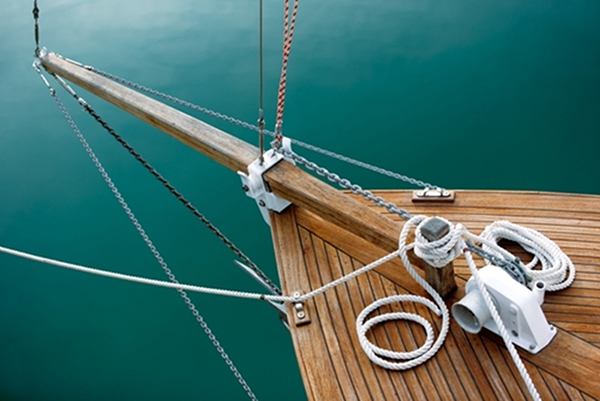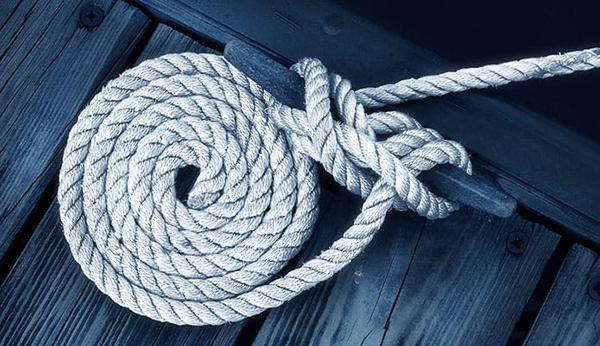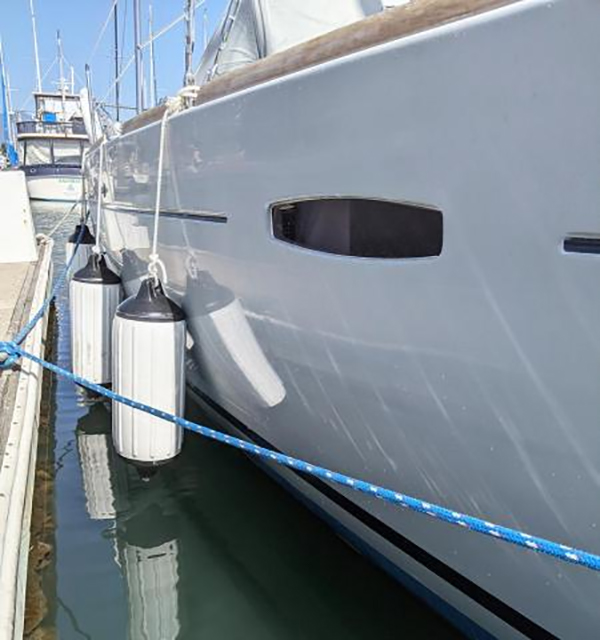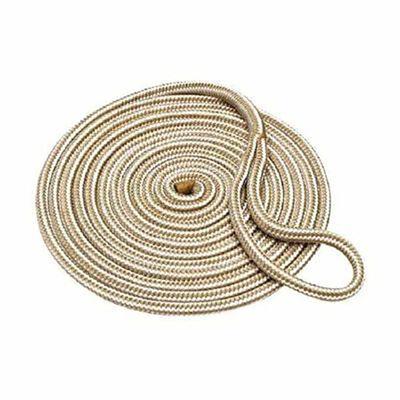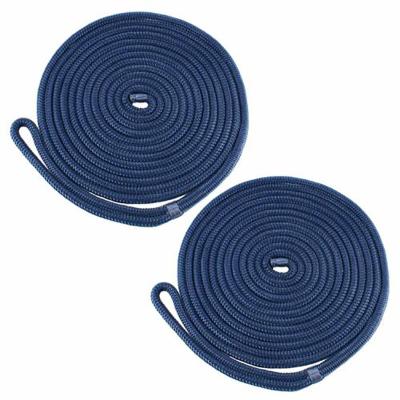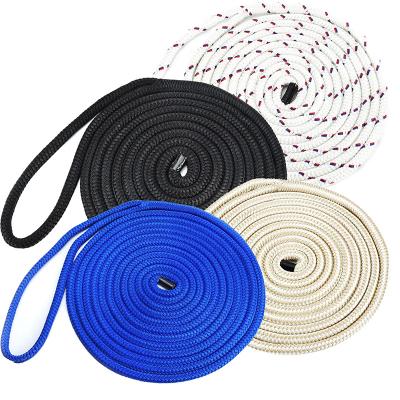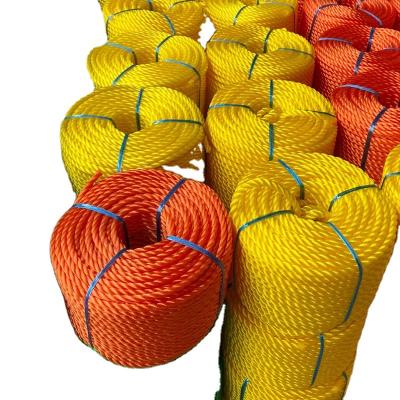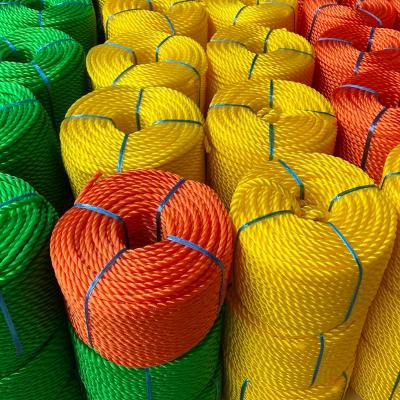Corda di ancoraggio
Heat sealed & whipped bitter end
Marine-grade nylon
Durable and lengthy wearing
Slightly more desirable with much less stretch than 3-strand nylon
Superb coping with and the greatest assortment of colorings on the market
Available through the spool or in packaged, manufacturing facility spliced dock and anchor lines
Applications: Dock lines, anchor strains and mooring strains
Dai alla tua barca un aspetto affilato e curato con alta classe doppia treccia tracce che superano tutte le altre.Le aggregato di eccessivo nylon marino di grado, straordinario coppia bilanciata costruzione e uno speciale stabilizzazione modo produce una lunga indossabile, maneggevole linea che resiste all'attorcigliamento. Questa è la linea più forte e più facile da maneggiare che puoi acquistare che rimane flessibile nel corso di il suo fornitore||| |vita. Doppia treccia treccia stretch appena molto meno tuttavia sono più adatti delle trecce a 3 fili. Impiombato professionalmente con un occhiello da 12" a un'estremità.
Caratteristica
Elevata flessibilità e maneggevolezza.
Giunzioni facilmente
Resistente all'usura, lunga durata
Come scegliere la dimensione, il tipo, la lunghezza e altro della corda dell'ancora ?
Che tipo di corda devo usare? Nylon, poliestere o...?
For most boaters, the excellent kind of rope to use when anchoring is nylon. Nylon has many blessings for anchoring including:· It's elastic consequently presenting correct shock absorption
· Light and flexible
· Good strength
· The most frequent anchor rope determined in marine stores
· It sinks
Nylon anchor rope is light, flexible, strong, and presents elasticity, which mitigates top masses on your anchor and boat. Unfortunately, the very reality that nylon stretches ability that it creates warmth and will sooner or later damage down and want to be replaced. However, you desire a robust rope that will soak up the shock from waves and sink, no longer float. Nylon matches the invoice of all of these things.
Qual è la differenza tra corda intrecciata e corda attorcigliata?
In our experience, for most leisure boaters, the distinction between the use of twisted anchor rope or braided anchor rope comes down to choice and taste. Both make super preferences for an anchor rope however there are some refined variations between these two patterns of rope.Corda intrecciata-
Vantaggio
· Meno rigido e più flessibile
· Spesso più forte della corda attorcigliata
· Più facile per le mani
Svantaggio
· Difficile da giuntare
· Meno allungamento rispetto alla corda attorcigliata
Corda intrecciata-
Vantaggio
· Abbastanza facile da giuntare
· Generalmente meno costoso
· Ha più elasticità di un intrecciato
Svantaggio
· Ha la tendenza ad attorcigliarsi o ad attorcigliarsi
· Più rigido e meno flessibile
Di quanta corda di ancoraggio ho bisogno e di che misura?
One of the questions we get requested most frequently is, "How plenty anchor rope and/or chain do I need?" When choosing how a whole lot rope and chain you want there are a couple of policies of thumb to use.1. You have to have eight toes of rope for each 1 foot of water you will be anchoring in
2. Your rope need to have 1/8" of rope diameter for each 9' of boat.
So this capacity a 28' boat would choose at least a 3/8" or 1/2" diameter rope. Rope is one of these things, like anchors, the place better typically is better.
As for a rope choice, Nylon is the clear favored due to the reality it is elastic and tremendously strong.

Applicazione

